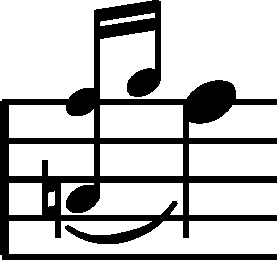



The notation of PE1 (→PE2,GE) must be inaccurate – placing the a1 and f 2 grace notes in the same vertical line means that they are to be performed simultaneously, which almost certainly does not correspond to Chopin's intention:
2 grace notes in the same vertical line means that they are to be performed simultaneously, which almost certainly does not correspond to Chopin's intention:
- Chopin would generally write down a figure performed in such manner differently, that is by writing a1 together with f
 2 as a crotchet (as in bar 87);
2 as a crotchet (as in bar 87); - even if we assumed that, for any reason (for a particular emphasis on a1 and the f
 2 grace note being played simultaneously?), Chopin wanted to write here (as an exception) the a1-f
2 grace note being played simultaneously?), Chopin wanted to write here (as an exception) the a1-f 2 sixth as a grace note, he could have done it in a clearer and simpler manner –
2 sixth as a grace note, he could have done it in a clearer and simpler manner –  .
.
According to us, Chopin wrote down this place in the way we provide it in the main text, referring to the two previous bars both in terms of notation and performance – the bar begins with another broken sixth. A figure with a broken sixth and a mordent – written down differently – can be found in the Waltz in A , Op. 34 No. 1, bars 28-29.
, Op. 34 No. 1, bars 28-29.
The change introduced in PE3 (→PE4) reveals that, convinced of the need to perform the sixth simultaneously, the reviser considered the notation of the previous impressions to be unclear and replaced it with a conventional version of notation, as in bar 87.
The same in bar 111.
Compare the passage in the sources »
category imprint: Interpretations within context; Differences between sources
issues: Inaccuracies in PE, Revisions in #PE
notation: Ornaments
